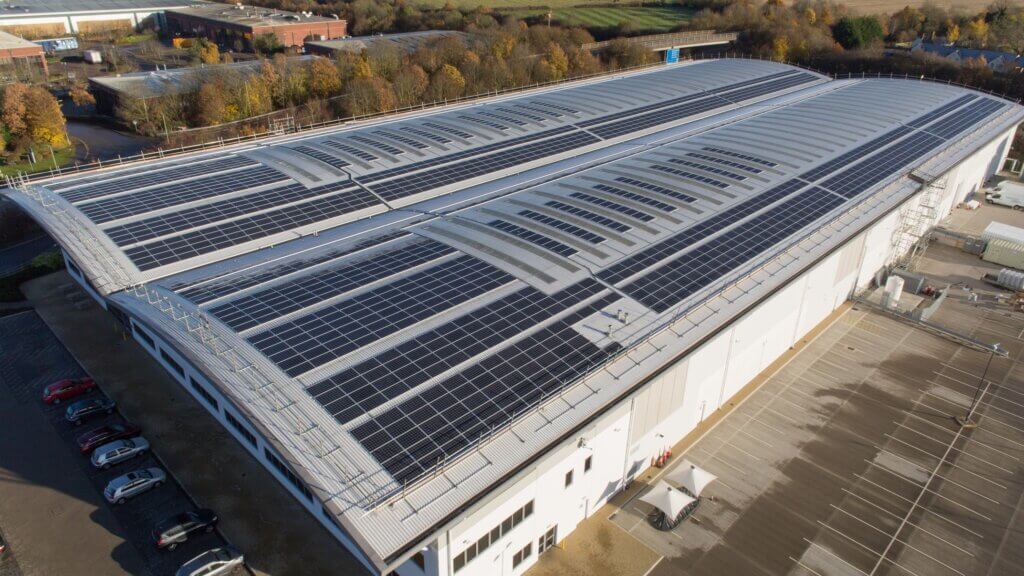
Rooftop vs ground-mounted solar
How rooftop and ground-mounted solar work together to power Oxfordshire’s clean-energy future.
The question that keeps coming up: “Why cover our fields with solar panels when we could just use rooftops and car parks?”
It’s a question we often hear – and it sounds perfectly reasonable. Using existing buildings and hard surfaces makes intuitive sense. At Low Carbon Hub, we agree: rooftop solar is a vital part of our energy mix. But it’s only part of the picture.
In this post, we explore why both rooftop and ground-mounted solar are needed to create a balanced, affordable, and resilient energy system for Oxfordshire.
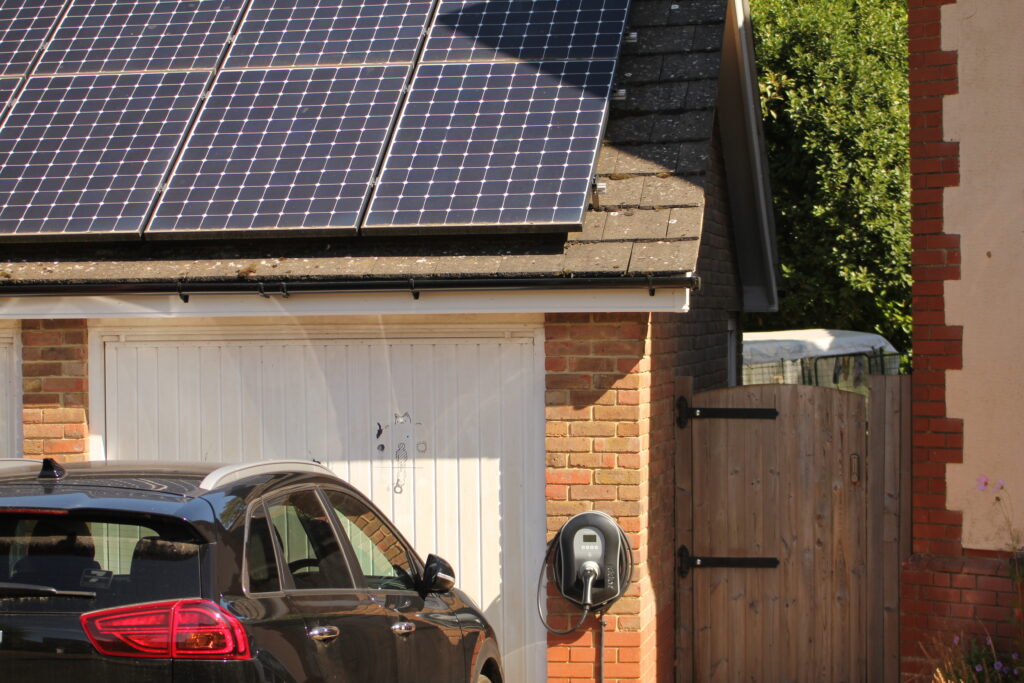

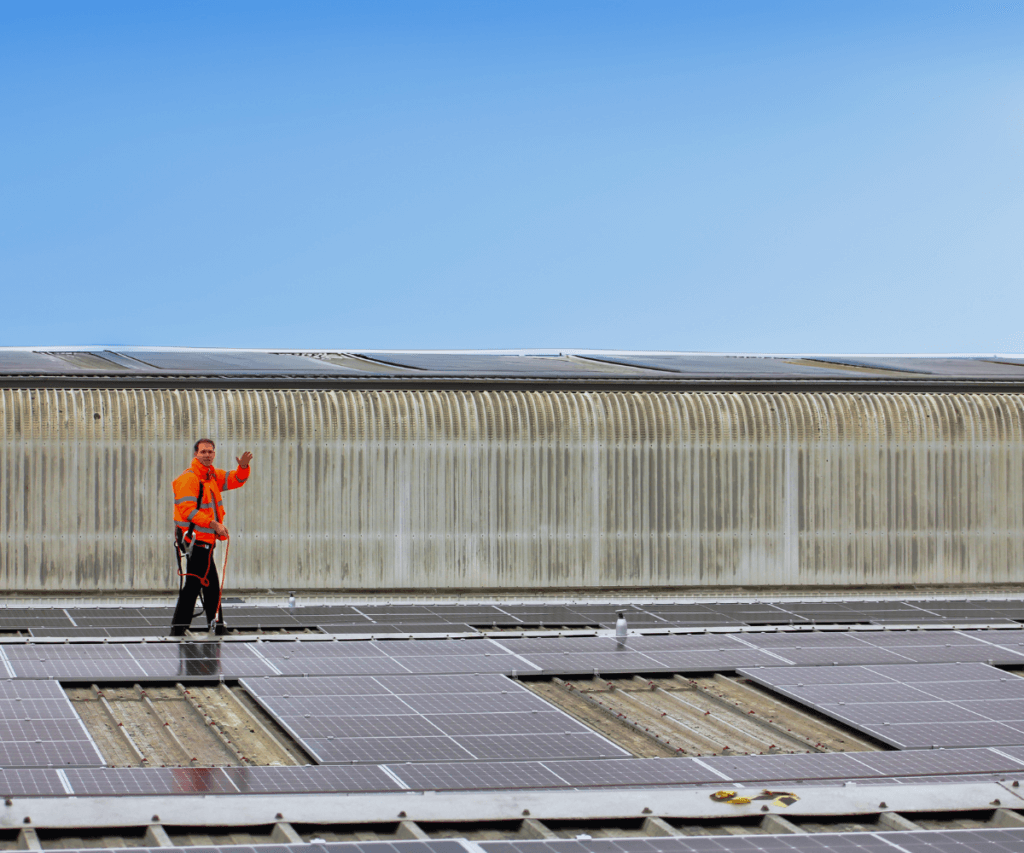
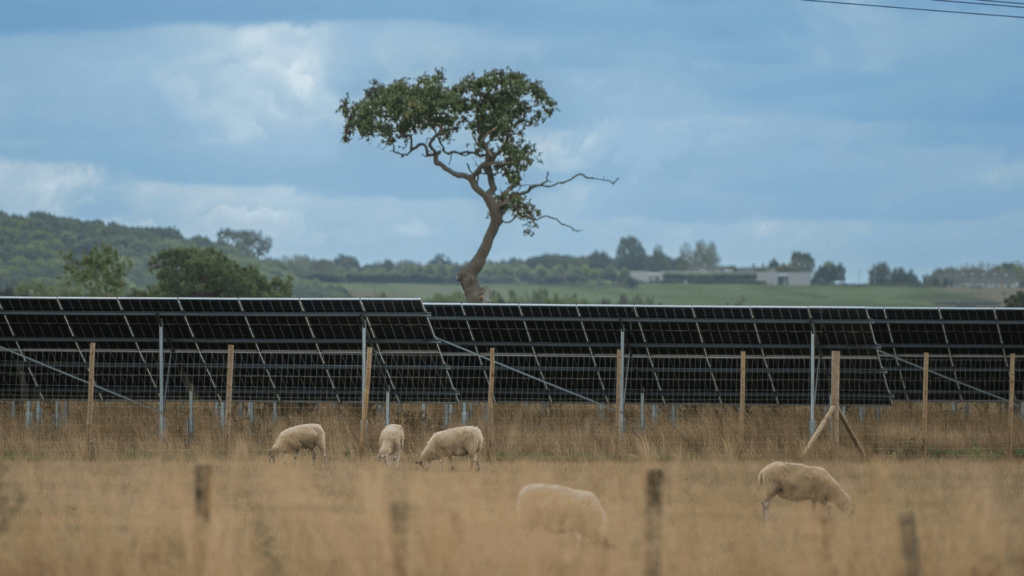
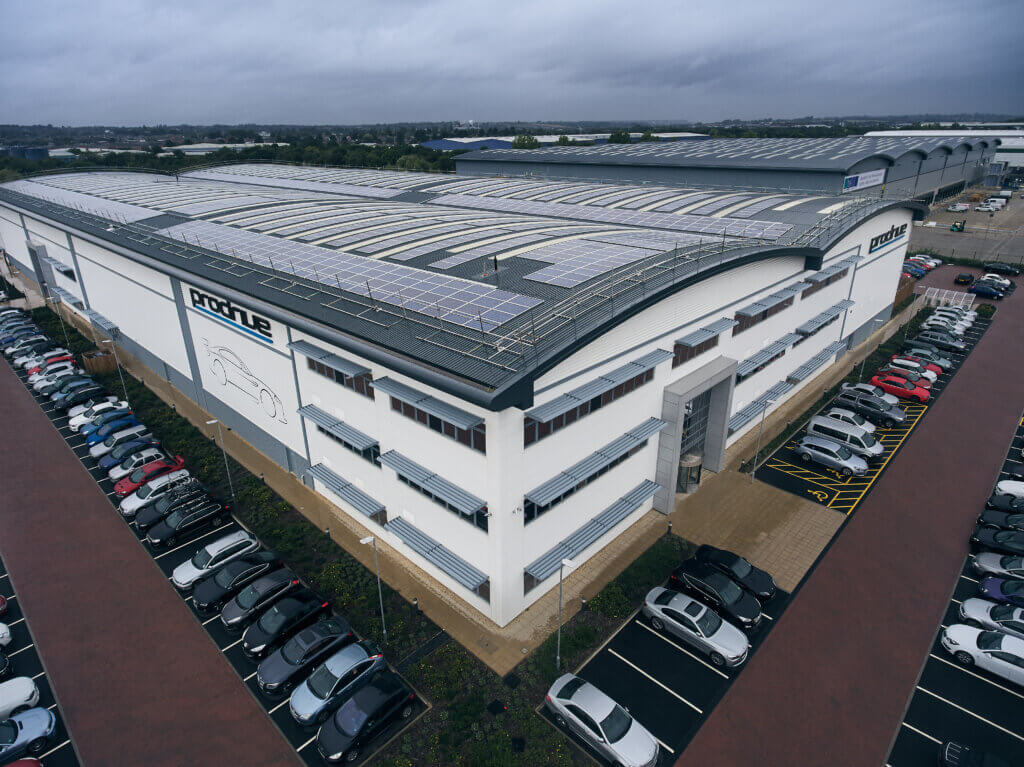
Rooftop solar, the ‘obvious’ option
Rooftop solar has huge advantages. It uses existing structures, so no extra land is needed. It can also supply power close to where it’s used – helping reduce losses and sometimes easing pressure on the wider grid.
Across the UK, commercial and industrial rooftops could collectively host many gigawatts of clean generation potential. There is still much more we can do here.
Commercial and industrial rooftops in the UK already host about 2 GW of solar. But the available rooftop space is much larger – for example a recent report found UK warehouses alone could support up to 15 GW of rooftop solar if conditions allow. That shows the potential scale of the opportunity.
However, the reality is more complex. Many roofs simply aren’t suitable. Older or lightweight structures may not take the load of solar panels. And leased buildings often come with split ownership or maintenance responsibilities that make agreements difficult.
Rooftop solar installation is generally more expensive per kilowatt than ground-mounted systems, due to scaffolding, bespoke mounting, and limited access. Maintenance and safety also add costs over time.
And while rooftop systems can serve local loads, many still depend on the wider electricity network – and in some places that may require upgrades as more generation is added.
How much investment is needed will depend on how well we manage local flexibility: shifting electricity use to different times of day, and using smart technologies for heating, storage, and EV charging to help balance demand and generation.
That said, rooftop solar is vital, and we continue to install it wherever it makes sense.
If you do know of a large roof space in Oxfordshire that could host solar panels, we’d love to hear from you – it could be the next site in our growing network of community-owned installations.
Ground-mounted solar – scalable, affordable, and good for nature
Large ground-mounted solar farms allow optimal orientation, easy access, and faster, lower-cost construction. The UK’s solar roadmap identifies this as one of the cheapest ways to generate renewable electricity at scale.
Most sites are located near existing substations or grid connections, which means they can often be developed without major new infrastructure.
In terms of land-use: the most recent satellite-based study puts ground-mounted solar farms at about 0.06% to 0.07% of UK land area. Under future scenarios, reaching high solar capacity would still likely require no more than 0.3% to 0.4% of UK land (by comparison, golf-courses in England alone cover around 0.7 % of land).

Source: Carbon Brief
And while car parks offer useful opportunities for solar canopies, they come with their own challenges. Lease agreements, ownership boundaries, and planning requirements make many sites difficult or costly to develop.
Even if every car park in the UK were covered in panels, the total area would still fall far short of that currently used by solar farms – and nowhere near what’s needed to reach full renewable capacity.
Ground-mounted solar can also be environmentally positive. Managed properly, these sites often become havens for wildlife – with wildflower meadows, pollinator habitats, restored soils, and bird corridors thriving beneath and around the panels.
Nature-positive energy
At our own solar parks, ponds created for drainage now support populations of newts and other amphibians, while hives on site produce honey from the wildflowers growing between the panels.
The land itself remains productive, often grazed by sheep, helping to maintain vegetation and support local farming. Unlike many forms of development, solar farms are temporary and reversible, with land able to return to agriculture after 25–30 years in a better condition thanks to the fallow period.





Getting the balance right
The shift to clean energy is a century-scale challenge. No single technology or approach will solve it.
If we want lower electricity prices, we need generation that is both efficient and scalable. Rooftop solar alone cannot deliver the volume or cost reductions we need, while ground-mounted solar helps bring down the price of clean power for everyone.
At the same time, our energy system must evolve in a way that’s fair and locally beneficial. That’s where community energy plays such an important role. By investing in projects that are locally owned and thoughtfully designed, we can build an energy system that serves people, not profit.
Low Carbon Hub’s portfolio reflects this balance – combining rooftop solar arrays on schools, businesses, and community buildings with large solar parks and even hydro generation. Together, they provide clean power while supporting Oxfordshire’s transition to a smarter, fairer energy future.
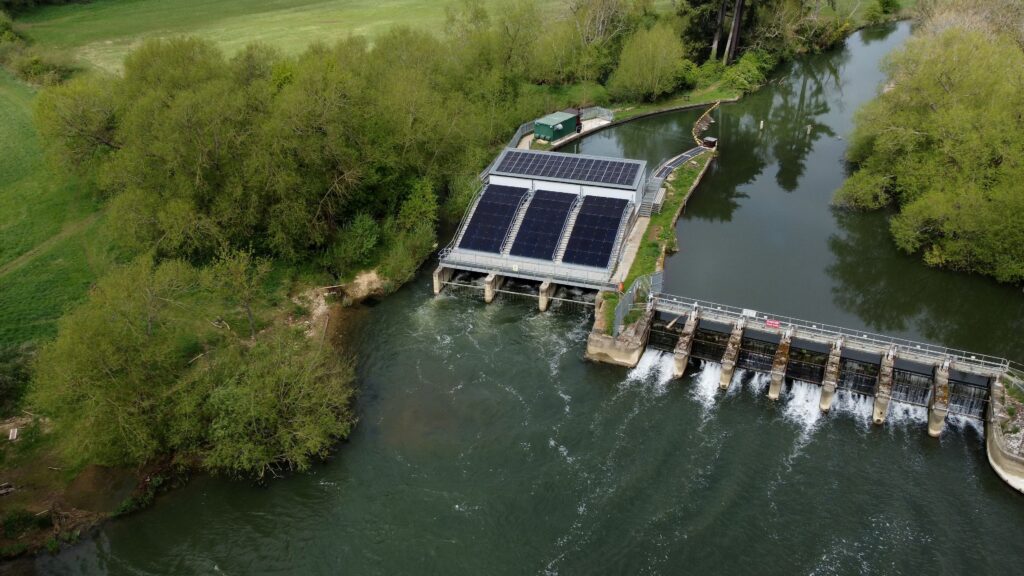
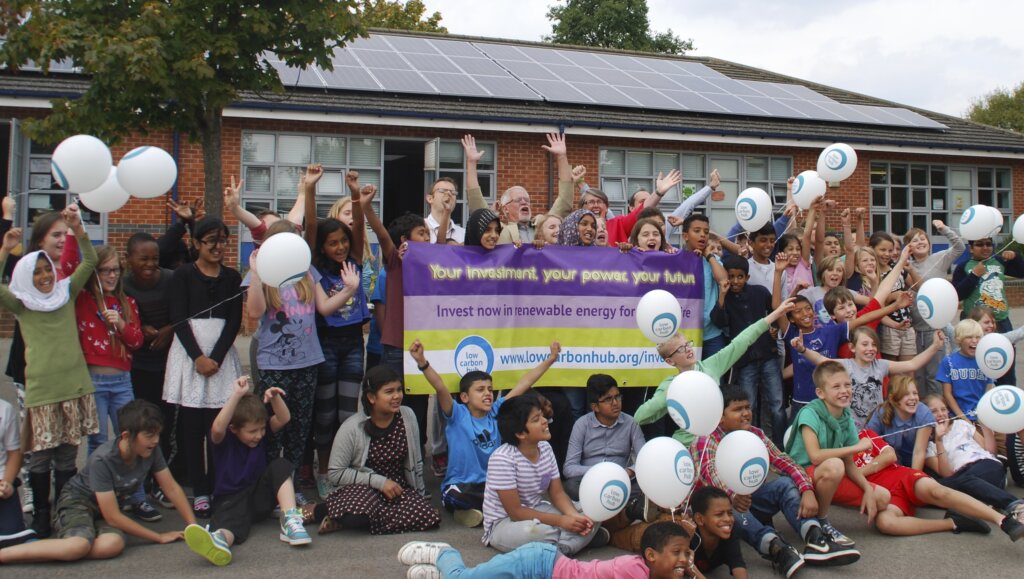
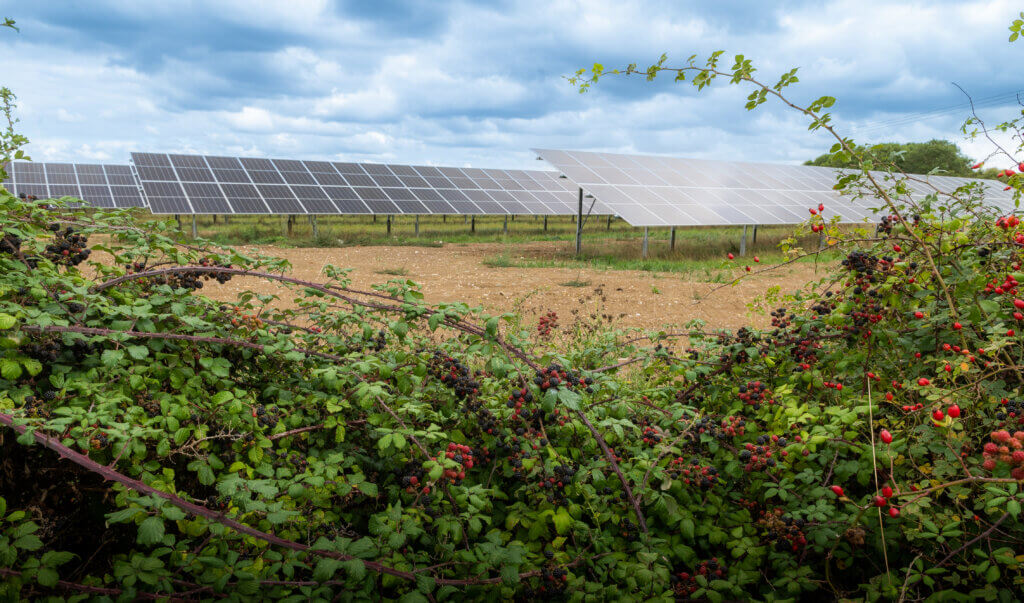

Own the energy, share the change
Solar power is growing faster than anyone expected. In the UK and around the world, installations are accelerating every year – bringing down costs and proving that clean energy can scale quickly.
Good energy planning isn’t about choosing sides. It’s about thoughtful design – combining technologies that make sense locally, deliver affordable clean power, and work with nature.
If you believe in a fairer, cleaner energy system for Oxfordshire, community energy offers a practical way to make it happen.
By investing in Low Carbon Hub’s community-owned projects – from rooftops to ground-mounted solar farms, and hydro – you help build a resilient local energy system. The returns stay here, funding further carbon-cutting projects and supporting our schools, businesses, and communities.
